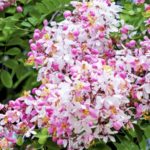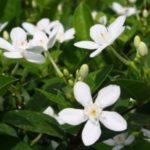The jade plant, or Crassula ovata, is an attractive and auspicious plant native to South Africa. With its lush, green leaves and graceful form, it is believed to bring prosperity and good fortune to its owner. This guide will explore the symbolism, care, and cultural significance of this unique plant.
1 Introduction to the Jade Plant
 What is a Jade Plant?
What is a Jade Plant?
The jade plant, also known as the jade money plant or jade bonsai, is a succulent species with a rich cultural significance. Its scientific name, Crassula ovata, hints at its distinctive features: crassus means “thick” in Latin, referring to the plant’s fleshy leaves, and ovata means “egg-shaped,” describing the shape of its leaves.
With its vibrant green leaves and graceful form, the jade plant is believed to bring prosperity and good fortune. In fact, its very name in Vietnamese, cây ngọc bích, translates to “jade plant,” reflecting its precious nature.
Jade plants are small, typically growing to a height of 40-50 cm. They have multiple branches sprouting from a thick, cylindrical stem. When young, the stem is a light green color, maturing to a brown hue with age.
The leaves of the jade plant are its most distinctive feature. They are a deep green, glossy, and fleshy, arranged in symmetrical pairs along the stem. As they age, the leaves turn a lighter green, then yellow or red, before falling from the plant.
The flowers of the jade plant are small, star-shaped, and borne in clusters. They are a delicate pink or white color and have a subtle fragrance. The flowers bloom at the end of the branches, with long stalks that hold them aloft.
 Flowers of the Jade Plant
Flowers of the Jade Plant
2 Significance of the Jade Plant
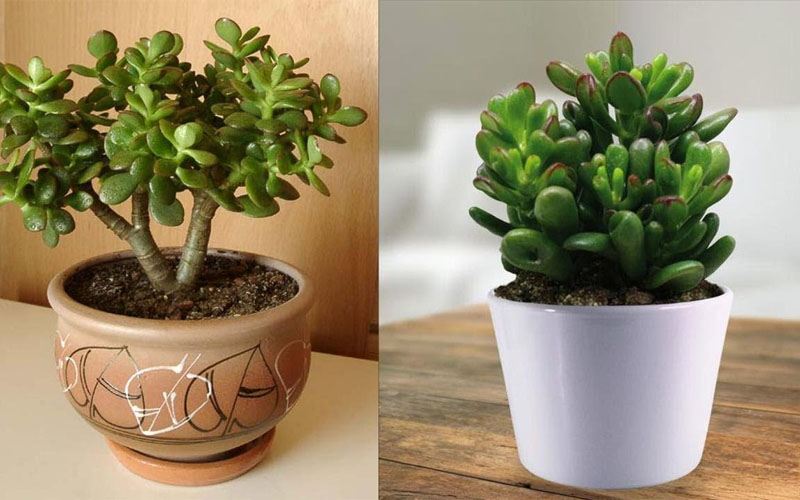 Significance of the Jade Plant
Significance of the Jade Plant
The jade plant is not just a beautiful addition to any space but also carries a wealth of symbolism and cultural significance. It is believed to bring good luck and is often associated with wealth and prosperity. In business settings, you’ll often find jade plants near cash registers, inviting fortune for the owners.
Additionally, the jade plant is known as the friendship tree, symbolizing pure and honest friendship. When the plant blooms, it is considered a harbinger of good news and fortune in one’s endeavors.
3 Jade Plant’s Compatibility with Zodiac Signs and Elements
 Jade Plant’s Compatibility with Zodiac Signs and Elements
Jade Plant’s Compatibility with Zodiac Signs and Elements
In Vietnamese culture, the jade plant is particularly suited to individuals with certain zodiac signs and elements. According to mệnh (element) compatibility, the jade plant is ideal for those with a Mộc (Wood) element, as its green color resonates with this element. Additionally, the Hỏa (Fire) element is also compatible with the jade plant, as Fire generates Wood in the Vietnamese five-element theory.
When considering zodiac signs, the jade plant is a perfect fit for individuals born in the following years: Nhâm Ngọ, Kỷ Hợi, Mậu Thìn, Quý Mùi, Nhâm Tý, Kỷ Tỵ, Canh Dần, and Qúy Sửu for the Mộc element; and Bính Dần, Đinh Mão, Giáp Tuất, and Ất Hợi for the Hỏa element.
4 Benefits of the Jade Plant
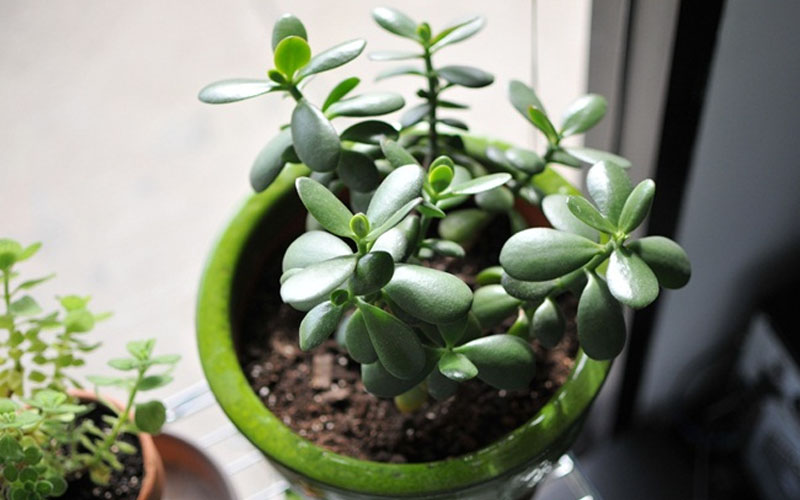 Benefits of the Jade Plant
Benefits of the Jade Plant
The jade plant offers a range of benefits, both aesthetically and symbolically. As a houseplant, it adds a touch of natural beauty to any space. Its lush, green foliage is a delight to behold and can enhance the ambiance of a room.
From a symbolic perspective, the jade plant is believed to bring good fortune and prosperity. According to phong thủy (feng shui), the placement of the jade plant can attract specific benefits. For example, placing the plant in the east, southeast, west, or northwest directions can attract wealth, career success, academic achievement, and health, respectively.
Additionally, the jade plant is a popular choice for bonsai cultivation, making it an excellent gift for loved ones or as a housewarming present.
5 Placement of the Jade Plant
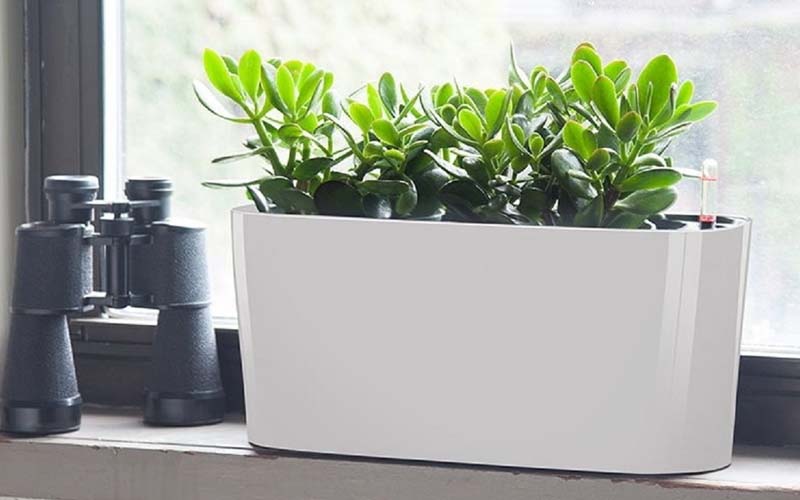 Placement of the Jade Plant
Placement of the Jade Plant
When deciding where to place your jade plant, consider both its cultural significance and its preferred growing conditions. The jade plant thrives in shaded areas, so it is well-suited for indoor spaces, offices, restaurants, and other shaded environments.
From a phong thủy perspective, experts recommend placing the jade plant in the east, southeast, west, or northwest directions. These orientations align with the Mộc and Hỏa elements, attracting wealth, career success, and good health. Avoid placing the plant in bedrooms or bathrooms.
6 Planting and Caring for the Jade Plant
Planting Techniques
 Planting Techniques for the Jade Plant
Planting Techniques for the Jade Plant
There are two popular methods for propagating jade plants: branch separation and leaf propagation. Let’s explore each of these techniques in more detail.
Branch Separation
Select a healthy branch with vibrant green leaves, free from pests or diseases. Using a sharp pair of scissors or pruning shears, cut the branch about 2 cm from the main stem. Allow the cut end to dry in a cool, shaded area for a couple of days, but avoid direct sunlight. After this period, dip the cut end into a rooting hormone solution.
Gently press the branch into a potting mix of well-drained, sandy soil, ensuring that the cut end is covered. Then, add a layer of sandy soil over the base of the branch and place the pot in a bright, shaded area with indirect sunlight.
Leaf Propagation
Choose a large, healthy leaf and cut it from the stem, as close to the stem as possible. Allow the leaf to dry for about three days, then dip the cut end into a rooting hormone solution. Place the leaf horizontally into a well-drained potting mix and position the pot in a bright, shaded area with indirect sunlight. Within a few weeks, roots and a new plantlet should start to form.
Care Instructions
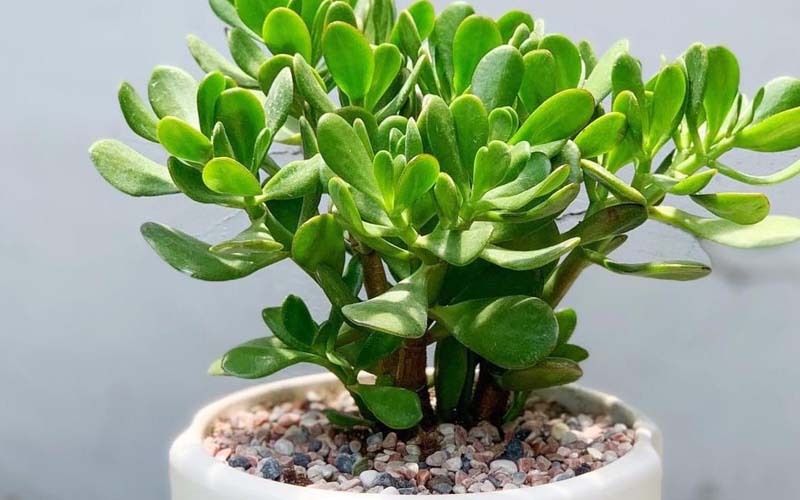 Caring for the Jade Plant
Caring for the Jade Plant
Watering
Jade plants are succulents and do not require frequent watering. Watering once every two to three weeks is usually sufficient. When watering, avoid getting water on the leaves, as this can cause leaf rot.
Light
Young jade plants should be protected from direct sunlight, as it can scorch their delicate leaves. Once the plant is more established, gradually introduce it to direct sunlight, aiming for about four hours of sunlight per day.
Soil
Jade plants prefer well-drained, sandy soil with a slightly acidic pH of around 6. Ensure the soil does not become waterlogged, as this can encourage the growth of pests and diseases.
Temperature
Jade plants thrive in temperatures between 18-28°C (64-82°F). They are sensitive to cold temperatures, so bring them indoors if there is a risk of frost.
Fertilizer
Feed your jade plant with a diluted NPK fertilizer at a concentration of ¼ the recommended strength once a week. For potted jade plants, use a low-nitrogen fertilizer to prevent excessive growth.
Pest Control
Regularly inspect your jade plant for any dry or diseased leaves and remove them promptly. The most common pest affecting jade plants is mealybugs, which appear as white, cottony masses on the leaves. If you notice these, purchase an appropriate insecticide to treat the infestation.
7 Where to Buy and Price Range
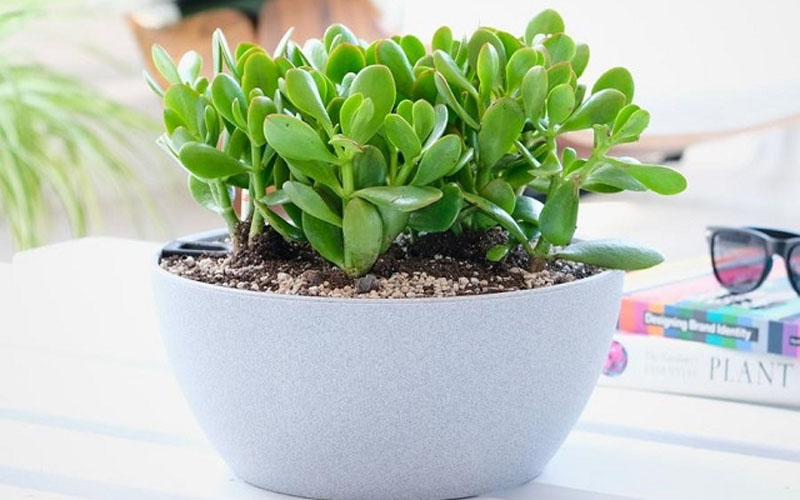 Where to Buy and Price Range
Where to Buy and Price Range
You can purchase jade plants from local nurseries or flower shops. Alternatively, you can explore online options by visiting websites such as vuoncay.net, vuoncayhoabinh.com, and chohoaonline.com. The price of jade plants varies depending on the size and type, typically ranging from 100,000 to 300,000 VND.
We hope this guide has provided you with valuable insights into the symbolism, care, and cultural significance of the jade plant. May it bring you good fortune and enhance your living spaces with its beauty and grace.



























